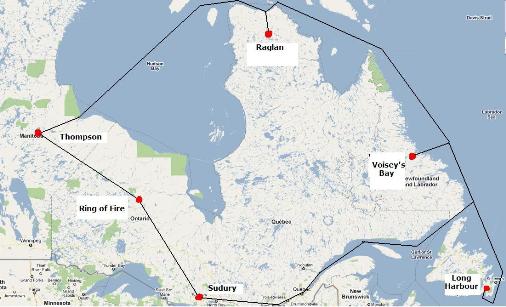The City of Timmins, Ont., is at an interesting junction. The city is celebrating 100 years since the Porcupine Gold Rush, the event that is responsible for putting Timmins on the map and one that introduced this part of Northern Ontario to thousands of prospectors and miners in search of prosperity. 2009 marked 100 years since the first prospectors staked a claim in the Porcupine Camp. In 2010, the city celebrated 100 years of mining recognizing the riches of three gold mines that are of historical significance: Dome, Hollinger and McIntyre Mines.
This year marks 100 years since “the great Porcupine fire of 1911” that burned through the mining camp claiming many lives and livelihoods in the process. While this unfortunate turn of events may have caused a setback, ultimately it did little to stem the tide of Timmins’ growth. At the same time it celebrates its rich history, Timmins is moving forward with the development of a vision/strategic action plan that will provide the city with a blueprint that will govern and establish strategic direction for economic development over the next 10 years.
The Porcupine Gold Rush of 1909 is said to be the largest gold rush ever. By 2001, the Porcupine Camp had mined over 67 million ounces of gold, compared to the 12 million ounces produced during the well-known Klondike Gold Rush.























